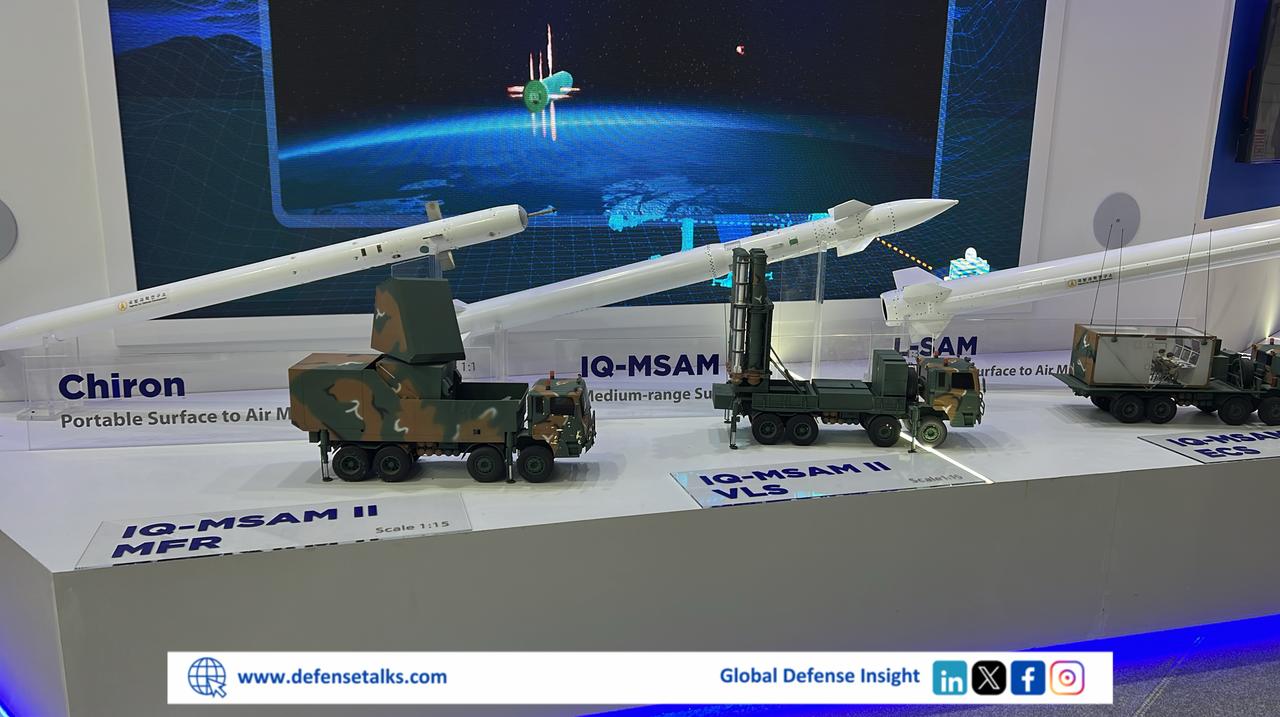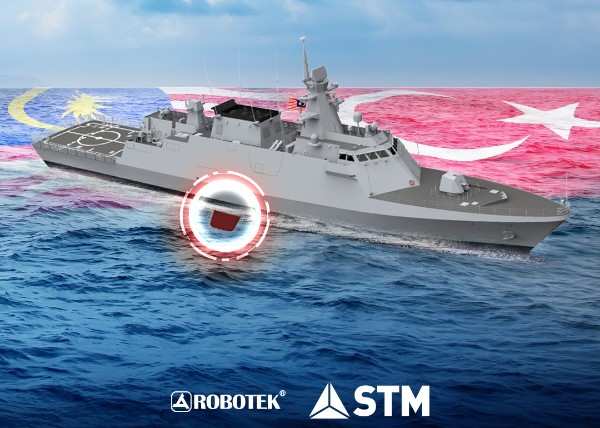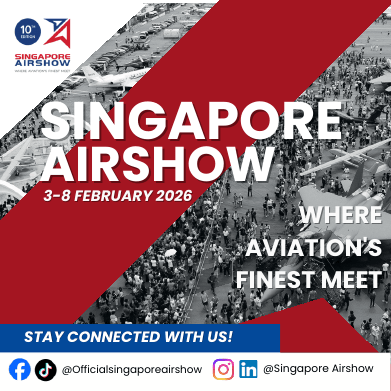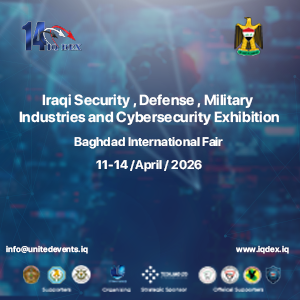The United States Air Force USAF transfers F-16 C/D Fighting Falcons from Misawa Air Base, Japan, to Osan Air Base in South Korea. The Misawa air base now prepares for the arrival of fifth-generation F-35A Lightning II fighters.
The transfer marks a strategic step in U.S. Indo-Pacific modernization efforts, reshaping its force posture in Northeast Asia. The F-16s arriving at Osan will replace aging F-15C/D Eagles and A-10 Warthogs, boosting the capabilities of the 51st Fighter Wing.
Table of Contents
ToggleMisawa Transitioning to F-35 Operations
The realignment paves the way for Misawa AB to become a dedicated base for the stealthy F-35A. According to the USAF’s 2025 procurement plan, 42 new F-35A jets are expected to be delivered this year. These advanced aircraft will bolster American airpower in the region and represent a long-term commitment to maintaining deterrence and air superiority.
A spokesperson for the 35th Fighter Wing told Air & Space Forces Magazine:
“The divestment of F-16s… is part of the DOD’s planned modernization… [and] underscores the U.S. commitment to maintaining air superiority in the Indo-Pacific… The forthcoming F-35 arrival at Misawa represents a significant enhancement to our capabilities.”
Upgraded Vipers at Osan AB
The F-16s transferred to South Korea feature the Post-Block Integration Team (PoBIT) modernization package. This includes an active electronically scanned array (AESA) radar, advanced mission computers, and a new center display, making them significantly more capable in high-threat environments.
These “Vipers” will be critical in bridging capabilities until more stealth assets like the F-35 and next-gen fighters such as the F-47 enter full operational service.
Regional Partners Expand F-35 Fleets
However, the U.S. isn’t alone in bolstering its stealth inventory. Japan has ordered 127 F-35A and B variants, making it the second-largest F-35 operator globally. South Korea has ordered 60, Australia has procured 100, and Singapore is buying 20.
The F-35’s proliferation across Indo-Pacific allies strengthens collective deterrence as tensions rise due to China’s expanding military presence, aggressive maneuvers, and electronic warfare threats.
The Global Joint Strike Fighter Network
Lockheed Martin leads F-35 production, with key partnerships across the U.S., Europe, and Asia. Companies like BAE Systems, Leonardo, and Mitsubishi Heavy Industries contribute to manufacturing and maintenance. Therefore, enabling a globally integrated sustainment model.
Nearly 1,500 F-35s are expected to be in service by the end of the year.
Javeria Sajid is an Aerospace Engineering student from NUST with a background in technology and a sharp focus on the global political landscape and defence innovation. She writes to make complex defence technologies understandable, and aspires to bridge journalism, policy, and engineering in her work.














